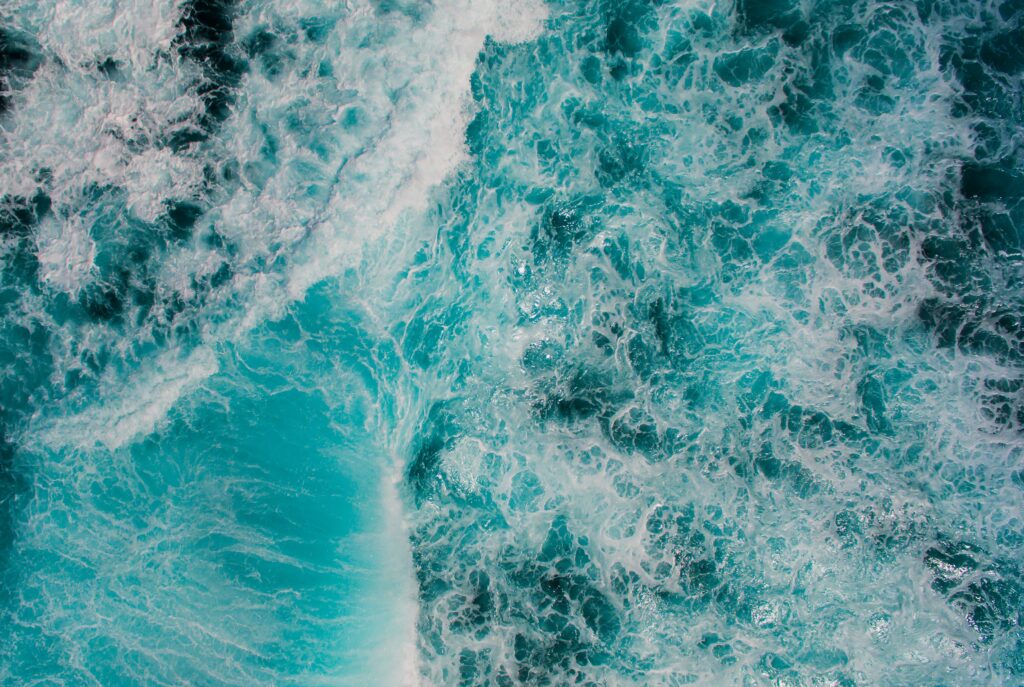Environment & Science / 06 March 2023
A pact to save our oceans

THE SQUIZ
After more than 15 years of discussions, an international agreement has been struck between more than 100 United Nations member countries to protect the world’s oceans. The High Seas Treaty is designed to reverse marine biodiversity losses in international waters (those areas beyond the territorial sea boundaries of any country, making up about 60% of the world’s oceans) and ensure their sustainability into the future. Reports say it’s an essential step towards putting 30% of the world’s oceans under conservation protection by 2030 – a goal agreed upon at the COP15 biodiversity summit in Montreal last December. Greenpeace oceans campaigner Laura Meller described it as a “historic day for conservation and a sign that in a divided world, protecting nature and people can triumph over geopolitics”.
WHAT’S THE FINE PRINT?
Along with establishing protected marine areas, signatories, including Australia, have agreed to commit more money for marine conservation efforts and tighter rules for commercial activities like deep-sea mining. That’s important because recent assessments of marine species place nearly 10% (particularly shark, whale, reef coral and abalone species) at risk of extinction because of overfishing and pollution. There were reservations about establishing the protected areas and sharing costs/benefits equitably, but the agreement was finally struck yesterday after a marathon session at the UN’s New York headquarters. Australia’s Environment Minister Tanya Plibersek spoke about the treaty in February, saying Oz had led the fight for the conservation and sustainable use of international waters.
SO WHAT HAPPENS NOW?
It’s a major hurdle that’s been cleared, so officials will want to catch their breath… They can do that with the treaty requiring formal adoption at another UN session before participating countries formalise their part of the agreement and start work on implementing the marine sanctuaries. All that means that we’re likely to hear more about what it means for Australia soon – something Plibersek will need to fit in while traversing some tricky terrain with PM Anthony Albanese… An extract from her upcoming biography was published on the weekend – in it, she says she was “pretty confident” she would have been elected Labor leader had she run for it in 2019. For his part, Albanese says Plibersek is a “friend’, that he won the leadership unopposed, and also spearheaded Labor’s election win. Which is a way of saying “check the scoreboard”…
Know someone who'd be interested in this story? Click to share...
The Squiz Today
Your shortcut to being informed, we've got your news needs covered.
Also Making News
Get the Squiz Today newsletter
Quick, agenda-free news that doesn't take itself too seriously. Get on it.
